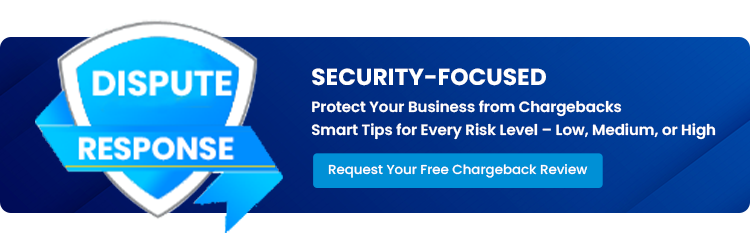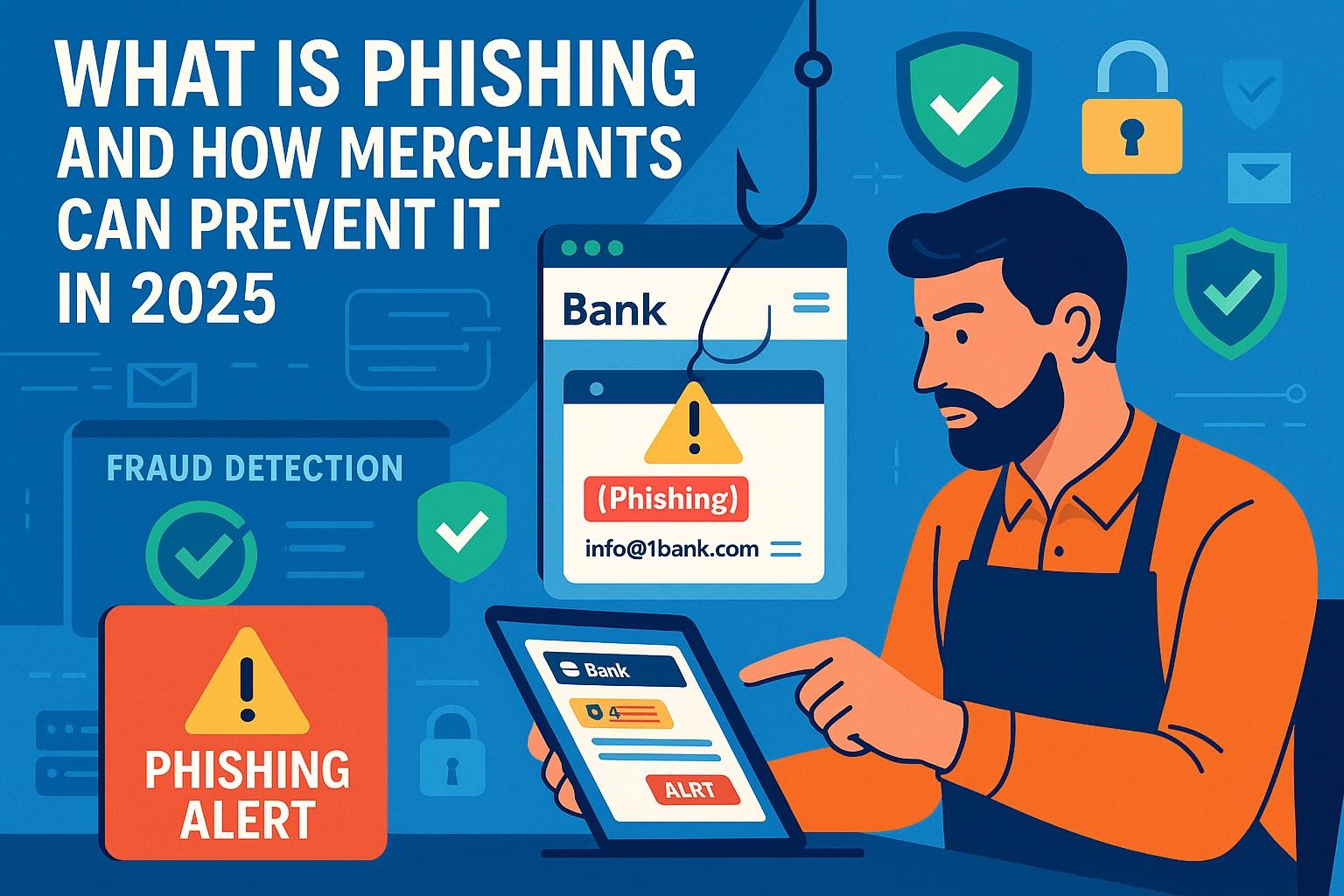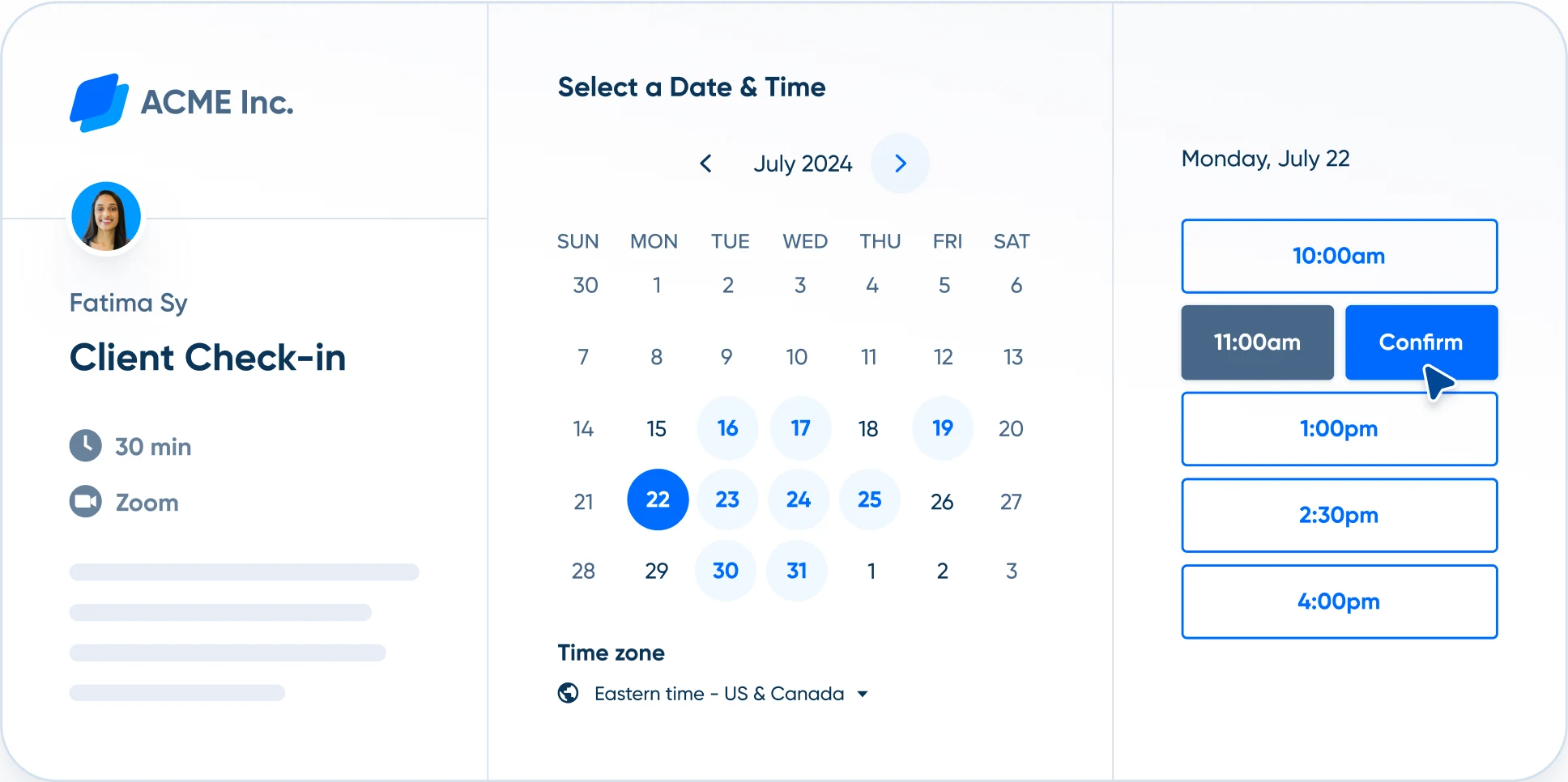Chargeback Management Services - Dispute Response Sep/ 25/ 2025 | 0
Phishing has become a critical threat to businesses of all sizes in 2025. These cyberattacks involve fraudsters attempting to deceive merchants and customers into revealing sensitive information like credit card details, passwords, or bank account numbers. In this blog, we explore what phishing is, how it affects businesses, and the steps merchants can take to protect themselves and their customers.
What is Phishing?
Phishing is a type of online fraud where attackers impersonate legitimate entities such as banks, online stores, or trusted companies to steal sensitive data. These attacks are typically carried out through emails, fake websites, or even social media channels. The ultimate goal is to trick individuals into providing confidential information that can be misused for identity theft, financial fraud, or unauthorized purchases.
The Growing Threat of Phishing in 2025
With the rise of digital transactions, phishing attacks are becoming more sophisticated and harder to detect. As technology evolves, so do the tactics used by cybercriminals. In 2025, phishing scams are leveraging artificial intelligence, deepfakes, and other advanced techniques to appear more credible. The increase in remote work and e-commerce activity also provides more opportunities for fraudsters to target unsuspecting individuals.
How Phishing Affects U.S. Merchants
For merchants, phishing attacks can lead to:
- Data Breaches: Sensitive customer and business data can be stolen, leading to identity theft, fraud, and loss of trust.
- Financial Losses: Fraudulent transactions and chargebacks can result from compromised payment details.
- Reputation Damage: A successful phishing attack on your business can harm your reputation, causing customers to lose confidence in your security measures.
What Merchants Can Do to Stop Phishing
Here are several measures U.S. merchants can take to prevent phishing attacks:
1. Educate Employees and Customers
The first line of defense is awareness. Ensure your employees understand phishing tactics and can recognize suspicious communications. Educate your customers through email newsletters, blog posts, or website banners about the risks of phishing and how to avoid falling victim.
2. Implement Multi-Factor Authentication (MFA)
Encourage customers and employees to use multi-factor authentication for accessing sensitive accounts. MFA adds an extra layer of security by requiring a second form of identification (e.g., a phone number or authentication app) in addition to the password.
3. Use Secure Payment Gateways
Ensure your payment systems are up to date with the latest encryption protocols. Secure payment gateways will protect customer financial data during transactions, making it harder for fraudsters to intercept sensitive information.
4. Monitor for Phishing Attempts
Use phishing detection tools to scan for suspicious activity across your website, email, and social media accounts. These tools can alert you to potential phishing attempts targeting your customers or business.

Email us anytime!
Email customer service 24/7

Call us anytime!
Reach customer care 24/7 at +1 (888) 927-5152
5. Stay Updated with Security Measures
Regularly update your website’s security software and implement new features to stay ahead of emerging phishing threats. This includes using firewalls, SSL certificates, and other anti-phishing technologies.


